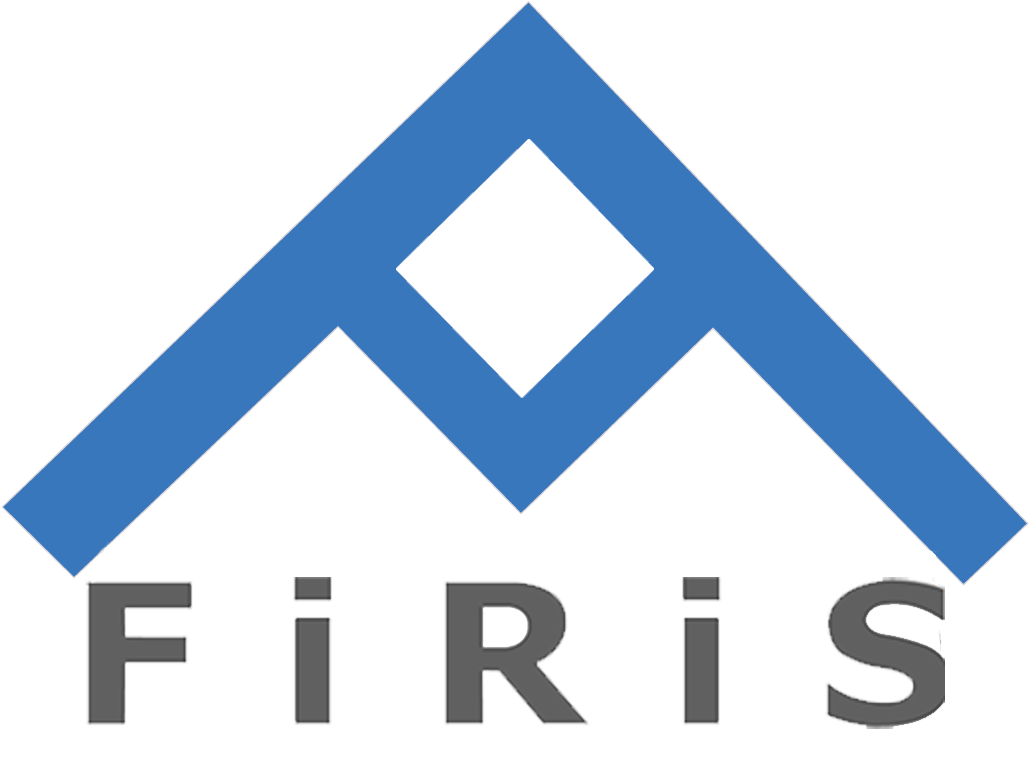What is IAS 19 – Employee Benefits?
IAS 19 Employee Benefits (amended 2011) outlines the accounting requirements for employee benefits, including short-term benefits (e.g. wages and salaries, annual leave), post-employment benefits such as retirement benefits, other long-term benefits (e.g. long service leave) and termination benefits. The standard establishes the principle that the cost of providing employee benefits should be recognised in the period in which the benefit is earned by the employee, rather than when it is paid or payable, and outlines how each category of employee benefits are measured, providing detailed guidance in particular about post-employment benefits.
IAS 19 (2011) was issued in 2011, supersedes IAS 19 Employee Benefits (1998), and is applicable to annual periods beginning on or after 1 January 2013.
Summary of IAS 19
IAS 19 Employee Benefits (2011) is an amended version of, and supersedes, IAS 19 Employee Benefits (1998), effective for annual periods beginning on or after 1 January 2013. The summary that follows refers to IAS 19 (2011). Readers interested in the requirements of IAS 19 Employee Benefits (1998) should refer to our summary of IAS 19 (1998).
Changes introduced by IAS 19 (2011) as compared to IAS 19 (1998) include:
- Introducing a requirement to fully recognise changes in the net defined benefit liability (asset) including immediate recognition of defined benefit costs, and require disaggregation of the overall defined benefit cost into components and requiring the recognition of remeasurements in other comprehensive income (eliminating the ‘corridor’ approach)
- Introducing enhanced disclosures about defined benefit plans
- Modifications to the accounting for termination benefits, including distinguishing between benefits provided in exchange for service and benefits provided in exchange for the termination of employment, and changing the recognition and measurement of termination benefits
- Clarification of miscellaneous issues, including the classification of employee benefits, current estimates of mortality rates, tax and administration costs and risk-sharing and conditional indexation features
- Incorporating other matters submitted to the IFRS Interpretations Committee.
Objective of IAS 19
The objective of IAS 19 is to prescribe the accounting and disclosure for employee benefits, requiring an entity to recognise a liability where an employee has provided service and an expense when the entity consumes the economic benefits of employee service.
Scope
IAS 19 applies to (among other kinds of employee benefits):
- wages and salaries
- compensated absences (paid vacation and sick leave)
- profit sharing and bonuses
- medical and life insurance benefits during employment
- non-monetary benefits such as houses, cars, and free or subsidised goods or services
- retirement benefits, including pensions and lump sum payments
- post-employment medical and life insurance benefits
- long-service or sabbatical leave
- ‘jubilee’ benefits
- deferred compensation programmes
- termination benefits.
Short-term employee benefits
Short-term employee benefits are those expected to be settled wholly before twelve months after the end of the annual reporting period during which employee services are rendered, but do not include termination benefits.[IAS 19(2011).8] Examples include wages, salaries, profit-sharing and bonuses and non-monetary benefits paid to current employees.
The undiscounted amount of the benefits expected to be paid in respect of service rendered by employees in an accounting period is recognised in that period. [IAS 19(2011).11] The expected cost of short-term compensated absences is recognised as the employees render service that increases their entitlement or, in the case of non-accumulating absences, when the absences occur, and includes any additional amounts an entity expects to pay as a result of unused entitlements at the end of the period. [IAS 19(2011).13-16]

Profit-sharing and bonus payments
An entity recognises the expected cost of profit-sharing and bonus payments when, and only when, it has a legal or constructive obligation to make such payments as a result of past events and a reliable estimate of the expected obligation can be made. [IAS 19.19]
Types of post-employment benefit plans
Post-employment benefit plans are informal or formal arrangements where an entity provides post-employment benefits to one or more employees, e.g. retirement benefits (pensions or lump sum payments), life insurance and medical care.
The accounting treatment for a post-employment benefit plan depends on the economic substance of the plan and results in the plan being classified as either a defined contribution plan or a defined benefit plan:
- Defined contribution plans
Under a defined contribution plan, the entity pays fixed contributions into a fund but has no legal or constructive obligation to make further payments if the fund does not have sufficient assets to pay all of the employees’ entitlements to post-employment benefits. The entity’s obligation is therefore effectively limited to the amount it agrees to contribute to the fund and effectively place actuarial and investment risk on the employee
- Defined benefit plans
These are post-employment benefit plans other than a defined contribution plans. These plans create an obligation on the entity to provide agreed benefits to current and past employees and effectively places actuarial and investment risk on the entity.
Other long-term benefits
IAS 19 (2011) prescribes a modified application of the post-employment benefit model described above for other long-term employee benefits: [IAS 19(2011).153-154]
- the recognition and measurement of a surplus or deficit in an other long-term employee benefit plan is consistent with the requirements outlined above
- service cost, net interest and remeasurements are all recognised in profit or loss (unless recognised in the cost of an asset under another IFRS), i.e. when compared to accounting for defined benefit plans, the effects of remeasurements are not recognised in other comprehensive income.
Termination benefits
A termination benefit liability is recognised at the earlier of the following dates: [IAS 19.165-168]
- when the entity can no longer withdraw the offer of those benefits – additional guidance is provided on when this date occurs in relation to an employee’s decision to accept an offer of benefits on termination, and as a result of an entity’s decision to terminate an employee’s employment
- when the entity recognises costs for a restructuring under IAS 37 Provisions, Contingent Liabilities and Contingent Assets which involves the payment of termination benefits.
Termination benefits are measured in accordance with the nature of employee benefit, i.e. as an enhancement of other post-employment benefits, or otherwise as a short-term employee benefit or other long-term employee benefit. [IAS 19(2011).169]

